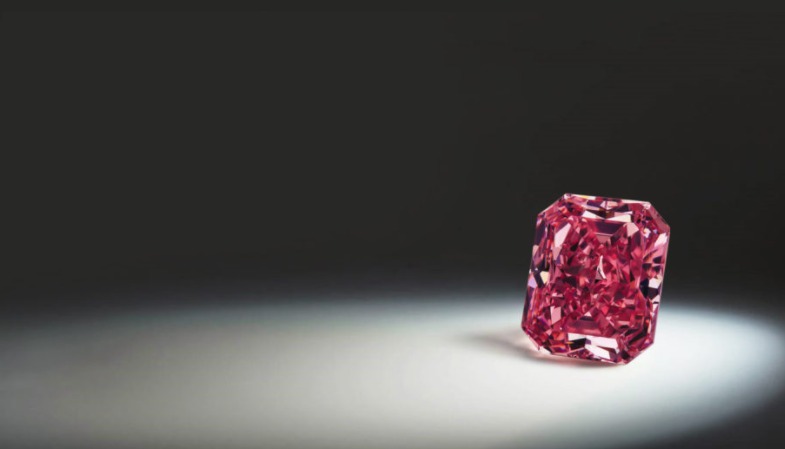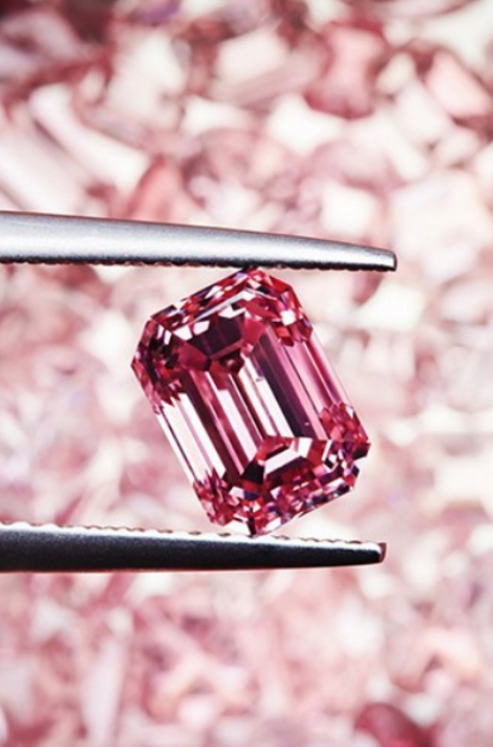In the life of every person there comes a moment when you need to choose a diamond or diamond jewelry. In most cases, this is one of the most expensive gifts you are going to make. Not only in monetary terms, but also in importance.
How to choose a really good diamond and not go broke?
Reveal 6 proven steps to the perfect diamond for a reasonable price.

1. Shape of the cut of the diamond
First, decide on the shape of the diamond. Follow your preferences in this matter.
You will find a round diamond in most modern jewelry. They have the brightest shine. The second most popular is the square princess cut. For engagement rings, a heart-shaped is also often chosen. If you are buying a yellow, go for a cushion cut. It emphasizes color best.
- To make your choice exactly to your taste, choose the popular and classic shapes: circle, princess, and cushion.
- Less popular cuts can be up to 30% cheaper than rounds of the same size and quality.
2. Diamond cut

A diamond‘s cut is often confused with its shape. In fact, the cut quality is the most important characteristic that is responsible for the signature brilliant brilliance.
Always pay attention to the quality of the cut on the certificate. The most reliable international certificates are issued by the Gemological Institute of America (GIA). When buying, give preference to certified by the GIA or the Laboratory of the Gemological Center of Moscow State University.
The quality of the cut does not greatly affect the price, so choose the best.
How to read the certificate:
- Ideal Cut and Excellent are the best.
- Very Good – less expensive, but also of high quality.
- Good is an acceptable metric if you are not meeting your budget.
- Fair and Poor – you should never buy like this. Especially if you are choosing a gift or an engagement ring. With this cut quality reflect light very poorly.
3. The clarity and clarity of the diamond
Natural often have small natural imperfections called inclusions. Cutters try to level out imperfections so that they are less noticeable. Most inclusions are microscopic and invisible to the naked eye (without a magnifying glass). Some very rare contain no inclusions at all. They are assigned the highest purity category FL or IF in the international GIA classification and 1 (Without internal and external defects) according to GOST.
A jeweler who values his reputation will never hide or enhance the clarity. Ask to show the certificate and examine it through a 10x magnifying glass.
- The rarest, purest, and, accordingly, the most expensive with Flawless and Internally Flawless clarity indicators.
- Choose VVS1 and VVS2 if you want high quality. The inclusions will not be visible to the non-professional eye even at 10x magnification.
- You will find the optimal price/quality ratio in VS1 and VS2. These are clear with very fine inclusions at 10x magnification. Diamonds up to VS2 fall under the investment grade.
- On a tight budget, opt for SI1 and SI2. These are with inclusions that are invisible to the naked eye, but easily detectable when magnified.
4. Diamond color
The higher the color index of a white, the more expensive it is. GIA D has a cool blue-white color. Most have subtle yellow tints that are visible under white laboratory light and compared to high-performance or a colorimeter. Where the color significantly affects the price.
- If you are not limited in a budget, choose the best color D or 1 (Colorless higher, as well as with a bluish tint) according to GOST.
- Choose colors E and F according to GIA or 2 and 3 according to GOST if you cannot afford the highest color, but you want to be colorless regardless of the metal in which it is fixed and the color of the skin.
- The investment-grade color does not fall below the H (5) color.
- Diamonds in colors G, H, I, and J (4 through 7) are considered white but show a slight yellow tint on a bright white surface. This means that this shade will not be noticeable when fastened to the decoration.
- If you still want to keep your budget down, go for colors from J to M. You can hide their yellow tint by fixing in yellow gold. When set in white gold or platinum, the yellowness will be noticeable.
- Diamonds of color from S to Z (over 8.5), although considered “bad white”, are already close to light fancy yellow. When set correctly in yellow gold, they can look spectacular.
5. Carat weight of the diamond

The weight or size is measured in carats. The higher the carat value, the larger and more expensive it. A classic 6.5 mm round diamond weighs 1 carat. There are reference sizes for different cuts, depending on the carat.
6. Diamond certification
Diamond Certification (most commonly from labs GIA, AGS, IGI, EGL, GSI, and HRD) is a document you receive from an objective 3rd party lab that describes all of its characteristics.
Another article on this blog that might interests you:
